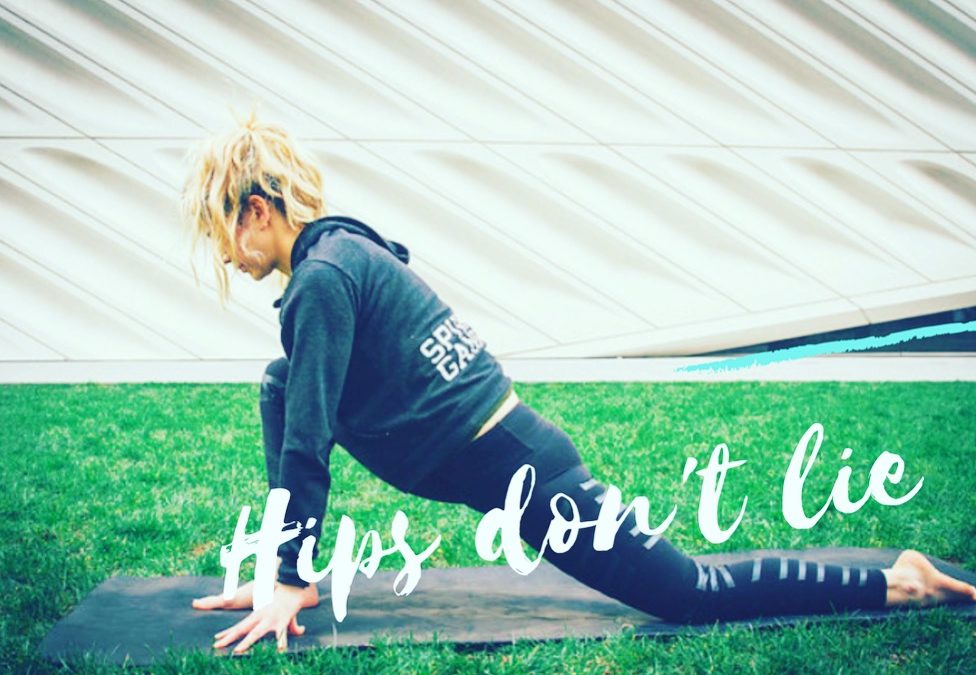A ROOT Awakening #8: Healing your hips
In honor of women’s health week, we are digging deep into our hips to understand and acknowledge just how important they are. In life, most women have several roles – mother, wife, employee, boss, friend, caregiver, and so on. Now, throw in the inevitable hormone changes and it’s no wonder that women are twice as likely to experience depression as opposed to men.
So, what does all this have to do with your hips?
Commonly talked about as the ‘junk drawer’ or ‘attic’ of the body, our hips are recognized as a storage for emotions. Most of the time, it is the emotions that we are not ready to confront and therefore decide (whether we know it or not) to tuck them away into the deepest parts of our being. The sensory nervous system (the part of the nervous system that responds to sensory experience or “feeling” experience) establishes connections in the hip area to promote survival in times of emotional stress. (Hey hips! Get ready to run for your life!). For women, the hips are also our center of gravity and when they are off balance, so are we.
From a yoga therapy perspective, the hips are part of the sacral or second chakra (aka: energy center). This is the center for feelings, sensations, pleasure and enjoyment. When out of balance, a person can experience feelings of disconnect from the deepest parts of themselves and others. That sense of disconnect feeds feelings of depression and isolation.
But don’t worry, you’ve got the power to heal your hips (and any other part of you)!
#1. Create the space! This is the first step. We are so used to wearing so many different hats and caring for others, that we literally don’t have the time or energy to care for ourselves, let alone notice our feelings! It is crucial that we schedule (yes, put it in your calendar) our “me time” to intentionally reconnect with ourselves. I like to use my “me time” to breathe and take a mental inventory of my body, otherwise known as a body scan. As I check in with different parts of my body (from head to toe), I have a chance to discover where I am feeling stress or tension in my body. There is no way we will know how to best serve our needs if we don’t know where we stand.
#2. Let’s get physical! Did you know the cells of the body retain the energy of a traumatic event? Since the stress of a trauma can overload our nervous system, our bodies will activate a protective mechanism. However, in doing so, we stop the trauma from fully processing. Often times, the undigested emotions are stored in the surrounding muscles and connective tissue. Our brain will then disconnect from that part of the body to block the sensory experience from re-emerging, which is a huge challenge for the healing process. That’s how the hips can become our physical “junk drawer”.
A great way to get in touch and reconnect with this region of the body is to tap into it physically. Try hip stretches like a butterfly pose, low lunge, or even a simple cross legged seat.
#3. Find your inner resource! Emotions act as the vehicle for the body to find balance after a traumatic event. Perhaps we didn’t have the confidence or internal support to handle the experience. Developing or strengthening our connection with an inner resource – a mental “safe place” that brings us feelings of ease and well-being – can be a great tool to increase our ability to:
- process feelings
- release stored trauma
- manage stress
My family acts as my inner resource because the images and memories bring me feelings of love and support.
So, now that you know that your hips don’t lie… what are your hips telling you?


Recent Comments